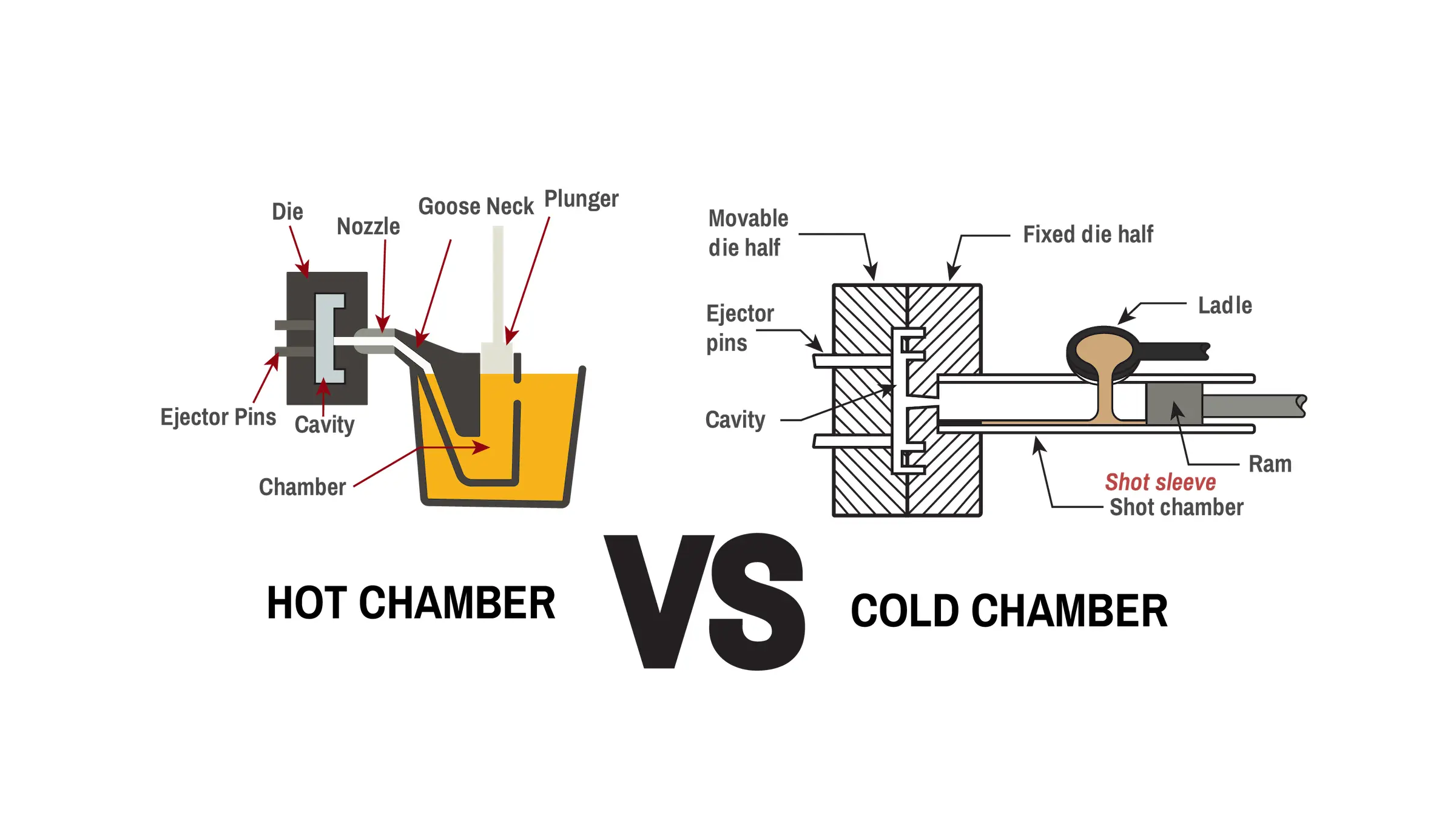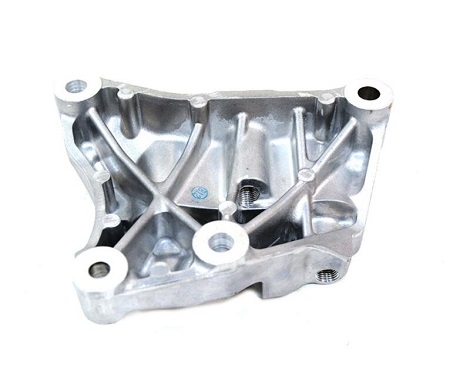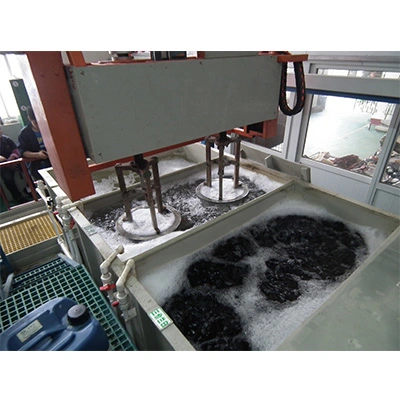

In the field of metal die casting, hot chamber, and cold chamber die casting are two common processes that differ fundamentally based on the melting point of the metal and the construction of the die casting machine. Hot chamber die casting is mainly used for metals with low melting points, such as zinc, magnesium, and tin. In this process, the injection system is directly immersed in the molten metal, hence the term "hot chamber." This method is suitable for the rapid production of small, precision parts, but due to the high-temperature environment, the maintenance cost of the equipment is higher.
In contrast, cold chamber die casting is suitable for metals with high melting points, such as aluminum and copper. In cold chamber die casting, the molten metal is heated in an external furnace and then manually or automatically poured into the chamber for injection. The advantage of this process is that it can handle metals at high temperatures, and the equipment is more durable. However, because the molten metal needs to be transferred from the furnace to the chamber, the production speed may be slower.
For aluminum die cast parts in automobiles, since aluminum has a higher melting point, the cold chamber die casting process is usually used. Cold chamber die casting can provide parts with excellent dimensional accuracy and higher strength, and it can also produce larger castings. This process is easy to execute and has relatively low maintenance costs, but the cycle time may be slower than hot chamber die casting because the molten metal needs to be transferred from the outside to the chamber.
When choosing a die casting process, in addition to considering the melting point of the metal, one should also consider the size of the product, the complexity of its shape, and production efficiency. Hot chamber die casting is favored for its high efficiency and quality surface finish of products, while cold chamber die casting is widely used for its suitability for high melting point metals and the production of large parts. Each process has its advantages and limitations, and the right choice can significantly improve production efficiency and product quality.


